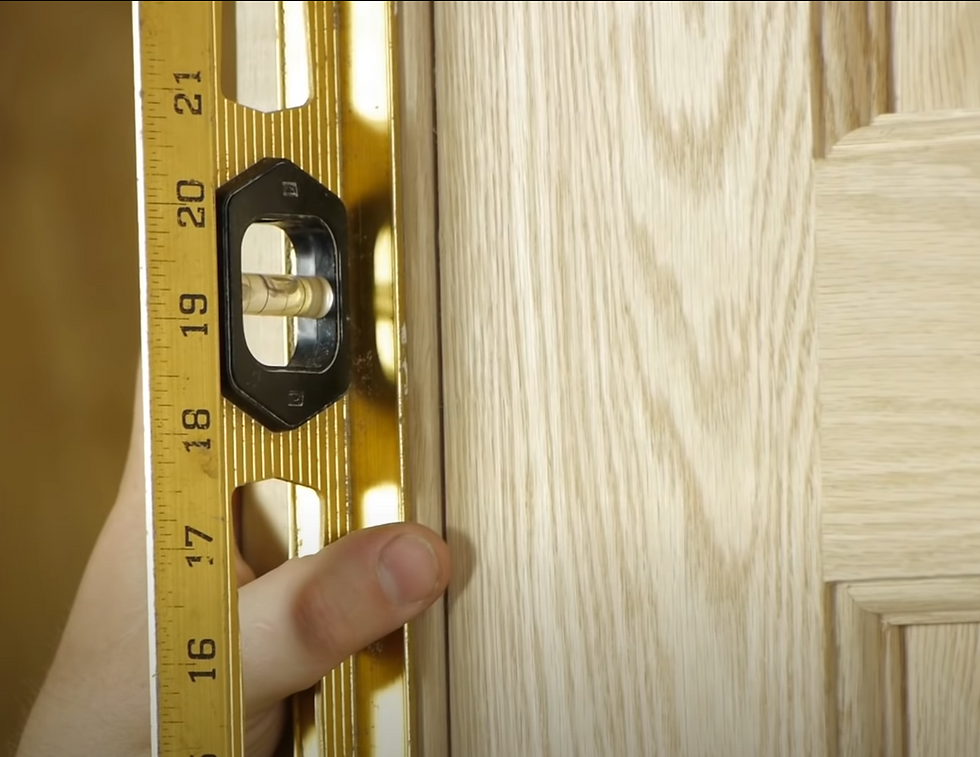Boost Your Home's Energy Efficiency with the Right Door Selection
- Jeffrey Smith
- Jan 31, 2023
- 2 min read
Energy efficiency has become a crucial aspect for homeowners and builders alike, as it not only saves on energy costs but also helps the environment by reducing carbon footprint. With the increasing awareness about energy efficiency, doors have become a critical component of energy-efficient homes, and their selection plays a vital role in achieving a greener and more sustainable home.
Impact of Doors on Energy Efficiency: Doors can play a significant role in determining the energy efficiency of a home. They help in maintaining a comfortable indoor temperature and also prevent air leaks, which can lead to significant energy savings. A well-insulated door can prevent air leaks and reduce energy bills by as much as 10%.
Different Types of Energy-Efficient Doors:

Fiberglass Doors: Fiberglass doors are well-insulated and provide excellent energy efficiency. They are made of fiberglass reinforced plastic and are an excellent alternative to traditional wooden doors. They are durable, low-maintenance, and have a high resistance to moisture and rot.
Vinyl Doors Vinyl doors are becoming an increasingly popular option for homeowners who are looking for a low-maintenance, energy-efficient door. Unlike wood and fiberglass, vinyl is a synthetic material that doesn't require painting or staining.
Steel Doors: Steel doors are an excellent option for energy-efficient homes. They are strong, durable, and provide excellent insulation. Steel doors are also low maintenance and can be painted or finished to match the exterior of your home.
Wood Doors: While wood doors are not as energy-efficient as fiberglass or steel doors, they can still provide good insulation. To achieve better energy efficiency, it is important to choose a solid wood door with proper insulation and to install weather stripping around the door.
Storm Doors: Storm doors are designed to provide an extra layer of insulation to your main door. They can be added to your existing door to provide additional protection against air leaks and improve energy efficiency.
Factors to Consider When Selecting an Energy-Efficient Door:
U-Factor: The U-factor is the measure of heat transfer through a material. The lower the U-factor, the more energy-efficient the door is.
R-Value: The R-value is a measure of a material's resistance to heat flow. The higher the R-value, the more insulation the door provides.
Air Leakage: The air leakage rating measures the amount of air that passes through a door. A low air leakage rating means that the door provides good insulation and helps prevent air leaks.
Glass: If the door has glass, it is important to choose a door with double-paned glass, which provides better insulation. Low-E coatings can also be added to the glass to improve energy efficiency.
In conclusion, energy efficiency plays a crucial role in door selection for homes. From choosing materials that have high insulation values to ensuring a tight seal around the door frame, every detail counts when it comes to reducing energy loss and increasing home comfort. At Happy Valley Doors, we take pride in providing our customers with doors that are not only beautiful, but also energy efficient. We take the time to ensure that each door we install is properly sealed to ensure the best possible energy performance. By investing in energy efficient doors, our customers can enjoy a comfortable home, lower energy bills, and a positive impact on the environment.



Comments